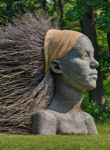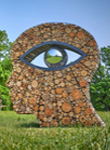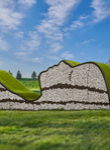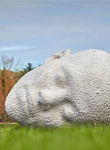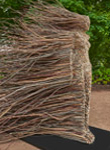Horse chestnut is a large tree known for showy flowers in May. The clusters of white flowers may be 6 inches tall or more. This non-native can be messy when its fruit drops and offers little in the way of fall color.
- Family (English) Soapberry (formerly Horse-chestnut)
- Family (botanic) Sapindaceae (formerly Hippocastanaceae)
- Planting site City parkway, Residential and parks, Restricted sites, Wide median
- Tree or plant type Tree
- Foliage Deciduous (seasonally loses leaves)
- Native locale Non-native
- Size range Large tree (more than 40 feet)
- Mature height 50-75 feet
- Mature width 40-65 feet
- Light exposure Full sun (6 hrs direct light daily), Partial sun / shade (4-6 hrs light daily)
- Hardiness zones Zone 3, Zone 4, Zone 5 (Northern Illinois), Zone 6 (City of Chicago), Zone 7
- Soil preference Moist, well-drained soil
- Tolerances Alkaline soil, clay soil, Road salt
- Season of interest late spring
- Flower color and fragrance White
- Shape or form Oval, Round, Upright
- Growth rate Moderate
- Transplants well No
- Planting considerations Messy fruit/plant parts
- Wildlife Browsers, Migrant birds, Small mammals
- Has cultivars Yes

